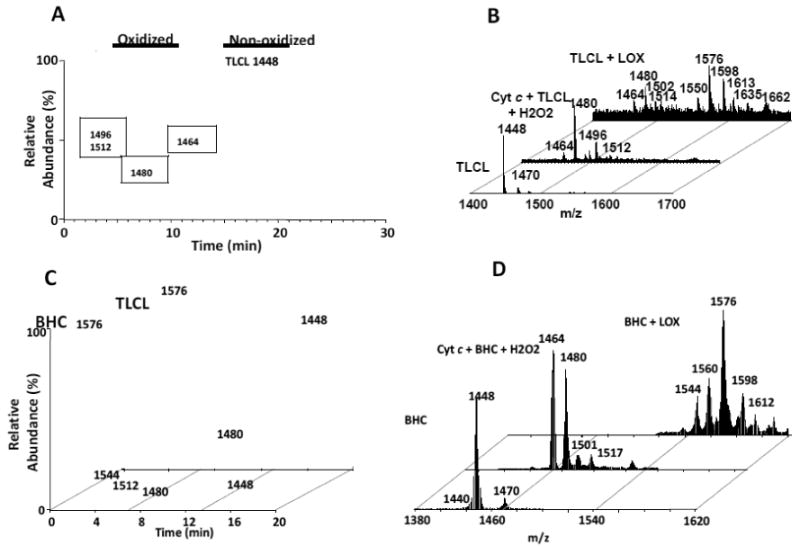Figure 4. Treatment of TLCL and BHC with cyt c/H2O2 and LOX induces products with varying degrees of oxidation.

4A: TLCL was oxidized with cyt c/H2O2 as described in Materials and Methods and chromatographed on the 2D system on a C18 column (isocratic, 100% sovent B). Increased oxidation correlated with decreased retention time. 4B: TLCL was oxidized either with cyt c/H2O2 or with LOX as described in Materials and Methods. Oxidation with cyt c was biased toward di-hydroxy and/or monoperoxy (m/z 1480) species. Monohydroxy (m/z 1464), monoperoxy/hydroxy (m/z 1496) and dihydroperoxy (m/z 1512) species represented minor modifications. Oxidation with LOX produced numerous species of highly oxidized TLCL, one of which contained a combination of peroxy/hydroxy modifications (m/z 1576). 4C: 2D chromatograms of BHC and TLCL treated with LOX. Oxidized products of BHC and TLCL eluted at earlier retention times (3- 11 min) than their non-oxidized counterparts eluting at 16-19 min. 4D: Mass spectra of BHC and its oxidation products after treatment with cyt c/H2O2 or LOX. Major oxidized products resulting from treatment with cyt c/H2O2 (m/z 1464 and 1480) or LOX (m/z 1576) are noted.
